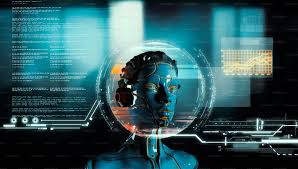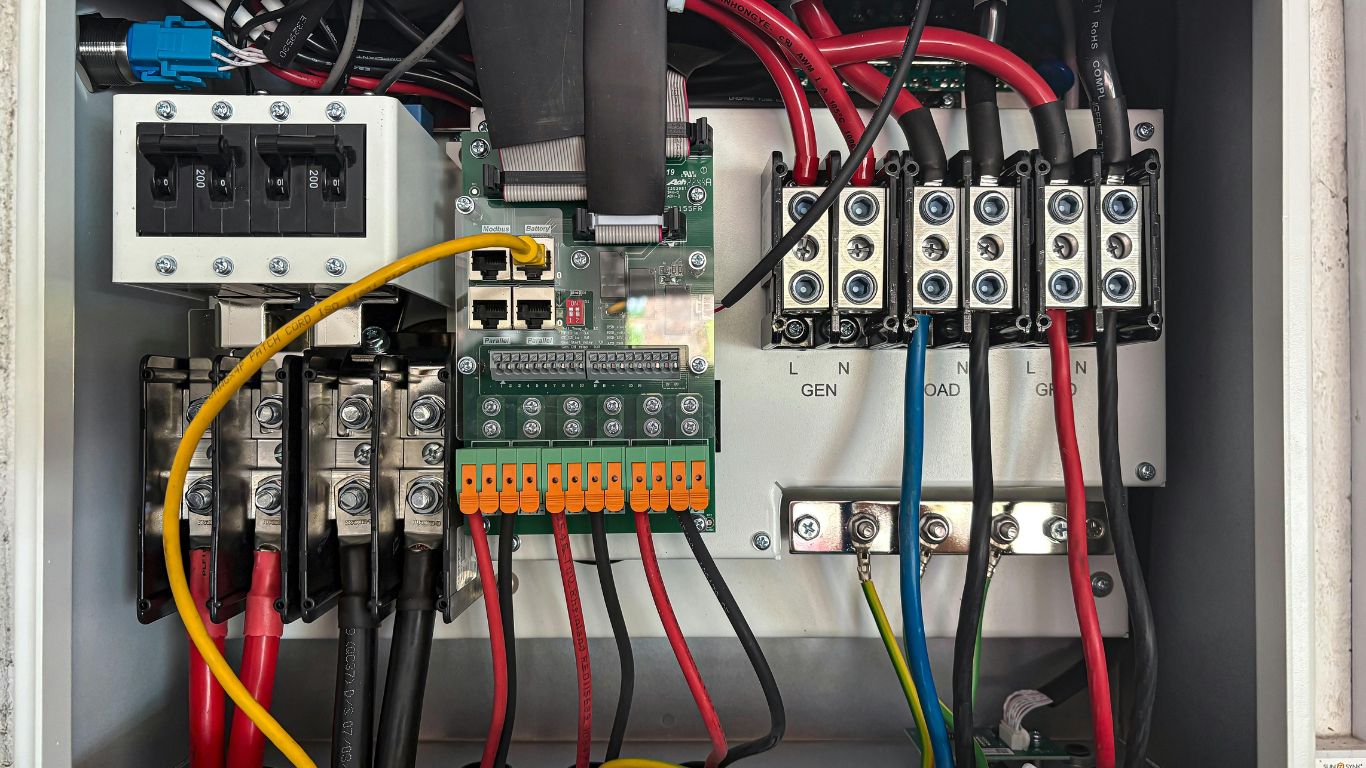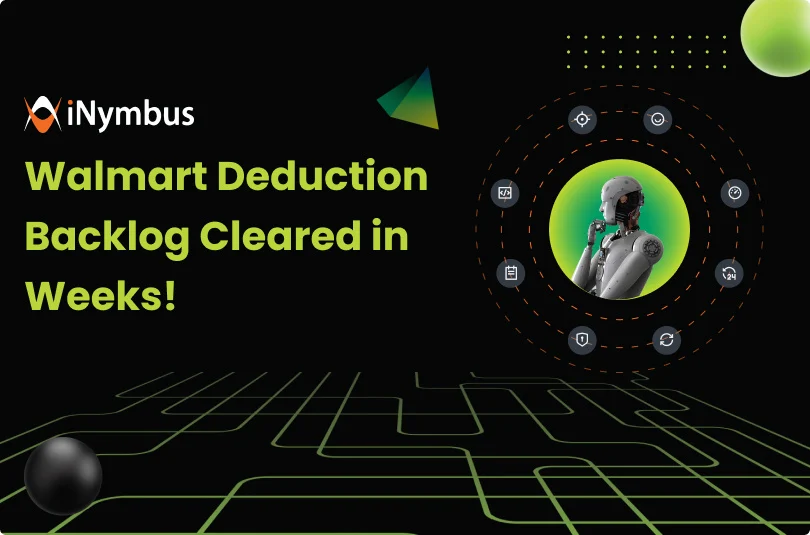Artificial Intelligence and Machine Learning: Revolutionizing the Future of Technology
Artificial Intelligence (AI) and Machine Learning (ML) are no longer futuristic concepts confined to science fiction. They are rapidly transforming industries, reshaping our daily lives, and driving a technological revolution. From self-driving cars to personalized healthcare, AI and ML are at the forefront of innovation, promising to solve complex problems and unlock unprecedented possibilities.
At its core, AI refers to the ability of machines to simulate human intelligence, performing tasks that typically require human cognition, such as learning, problem-solving, and decision-making. ML, a subset of AI, focuses on enabling machines to learn from data without explicit programming. It allows systems to identify patterns, make predictions, and improve their performance over time through experience.
One of the most significant impacts of AI and ML is in automation. Repetitive and time-consuming tasks across various sectors are being automated, freeing up human workers for more creative and strategic endeavors. In manufacturing, AI-powered robots are optimizing production lines, enhancing efficiency, and reducing errors. In customer service, chatbots and virtual assistants are providing instant support, improving customer satisfaction, and reducing operational costs.
The healthcare sector is witnessing a profound transformation driven by AI and ML. Diagnostic tools powered by AI are analyzing medical images with greater accuracy and speed than human experts, leading to earlier detection and better treatment of diseases. Personalized medicine, tailored to an individual’s genetic makeup, is becoming a reality through ML algorithms that analyze vast amounts of patient data. Drug discovery is also being accelerated by AI, which can predict the efficacy and safety of new compounds, significantly reducing the time and cost of development.
In the financial industry, AI and ML are being used to detect fraud, manage risk, and personalize financial services. Fraud detection systems analyze transaction patterns to identify anomalies, preventing financial losses. Risk management models assess creditworthiness and predict market trends, enabling better investment decisions. Personalized financial advice is being delivered through AI-powered platforms that analyze individual financial goals and risk tolerance.
The transportation sector is on the verge of a revolution with the development of autonomous vehicles. AI and ML are essential for self-driving cars, enabling them to perceive their surroundings, navigate complex traffic situations, and make real-time decisions. The potential benefits include reduced traffic accidents, improved traffic flow, and increased accessibility for people with disabilities.
Beyond these specific applications, AI and ML are driving innovation in countless other areas. Natural Language Processing (NLP) is enabling machines to understand and process human language, powering applications like voice assistants and translation services. Computer vision is enabling machines to “see” and interpret images and videos, leading to advancements in areas like facial recognition and object detection.
However, the rapid advancement of AI and ML also raises ethical considerations. Concerns about job displacement, algorithmic bias, and data privacy are becoming increasingly important. As AI systems become more powerful, it is crucial to ensure that they are developed and used responsibly, with a focus on fairness, transparency, and accountability.
The future of technology is inextricably linked to the continued development and adoption of AI and ML. As these technologies mature, we can expect to see even more transformative applications that will reshape our world. From personalized education and sustainable agriculture to smart cities and space exploration, the potential of AI and ML is vast and far-reaching.
While challenges remain, the potential benefits of AI and ML are undeniable. By embracing these technologies and addressing the ethical considerations, we can harness their power to create a future that is more efficient, equitable, and innovative. The revolution has begun, and the possibilities are limitless.




